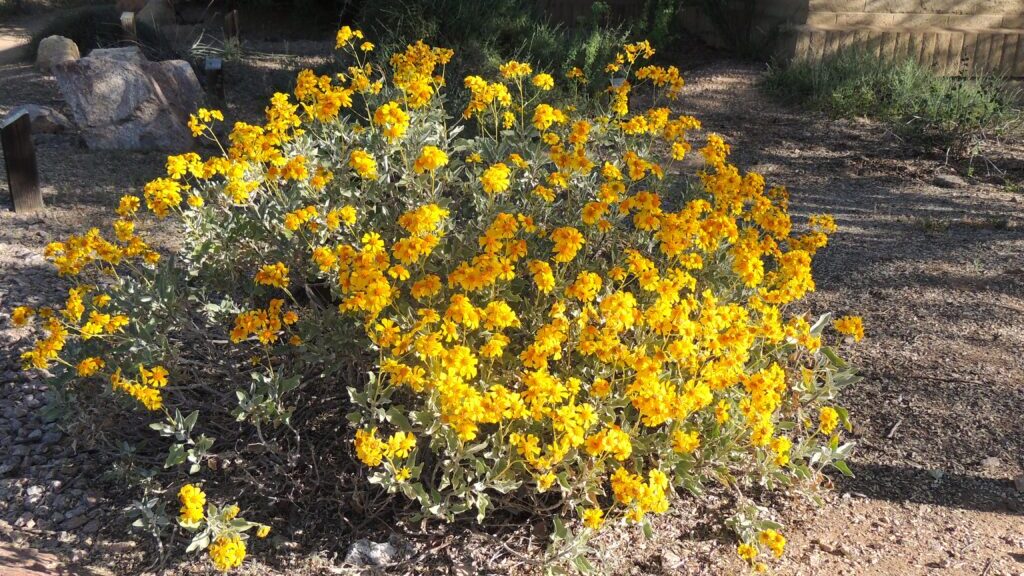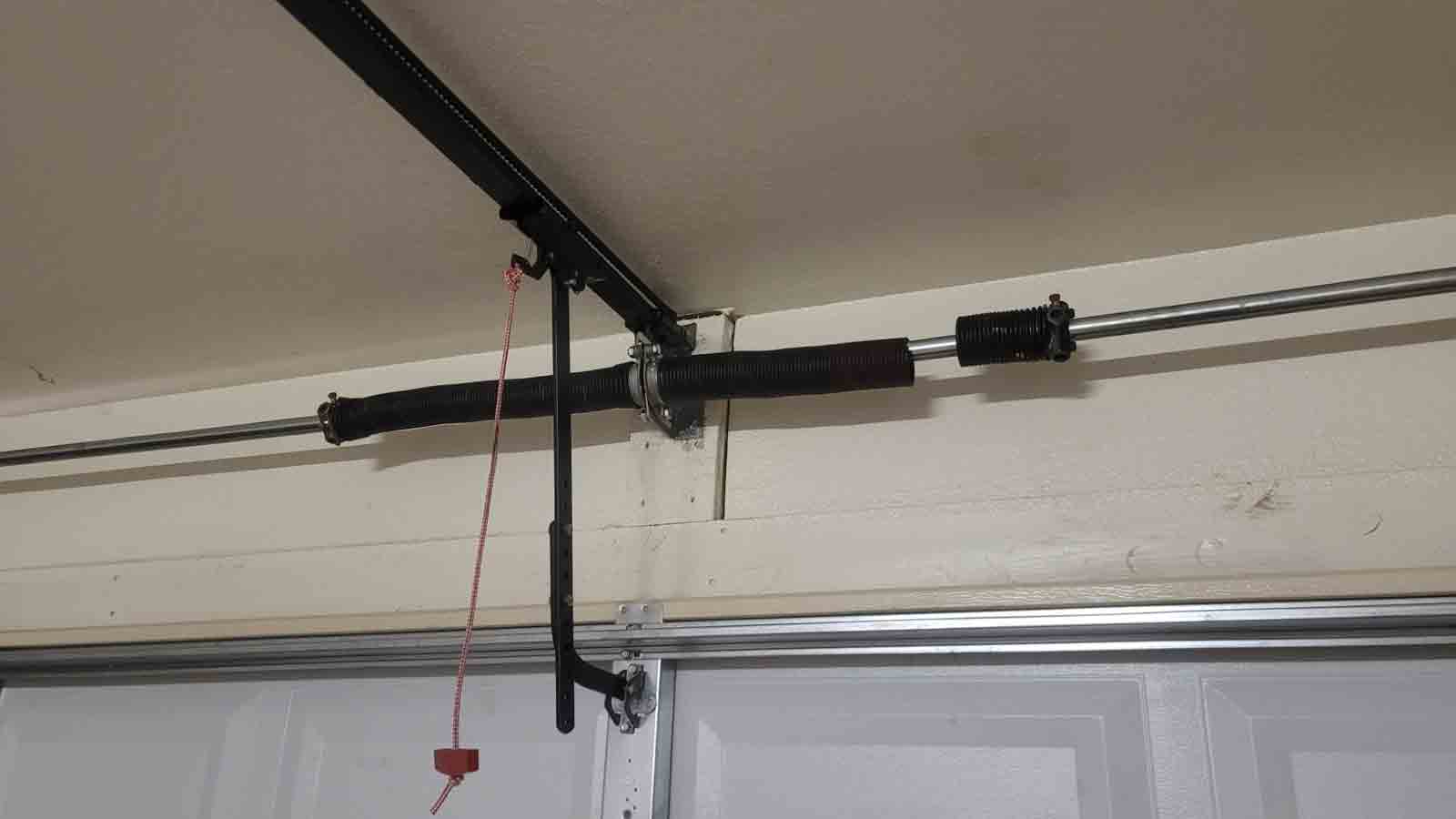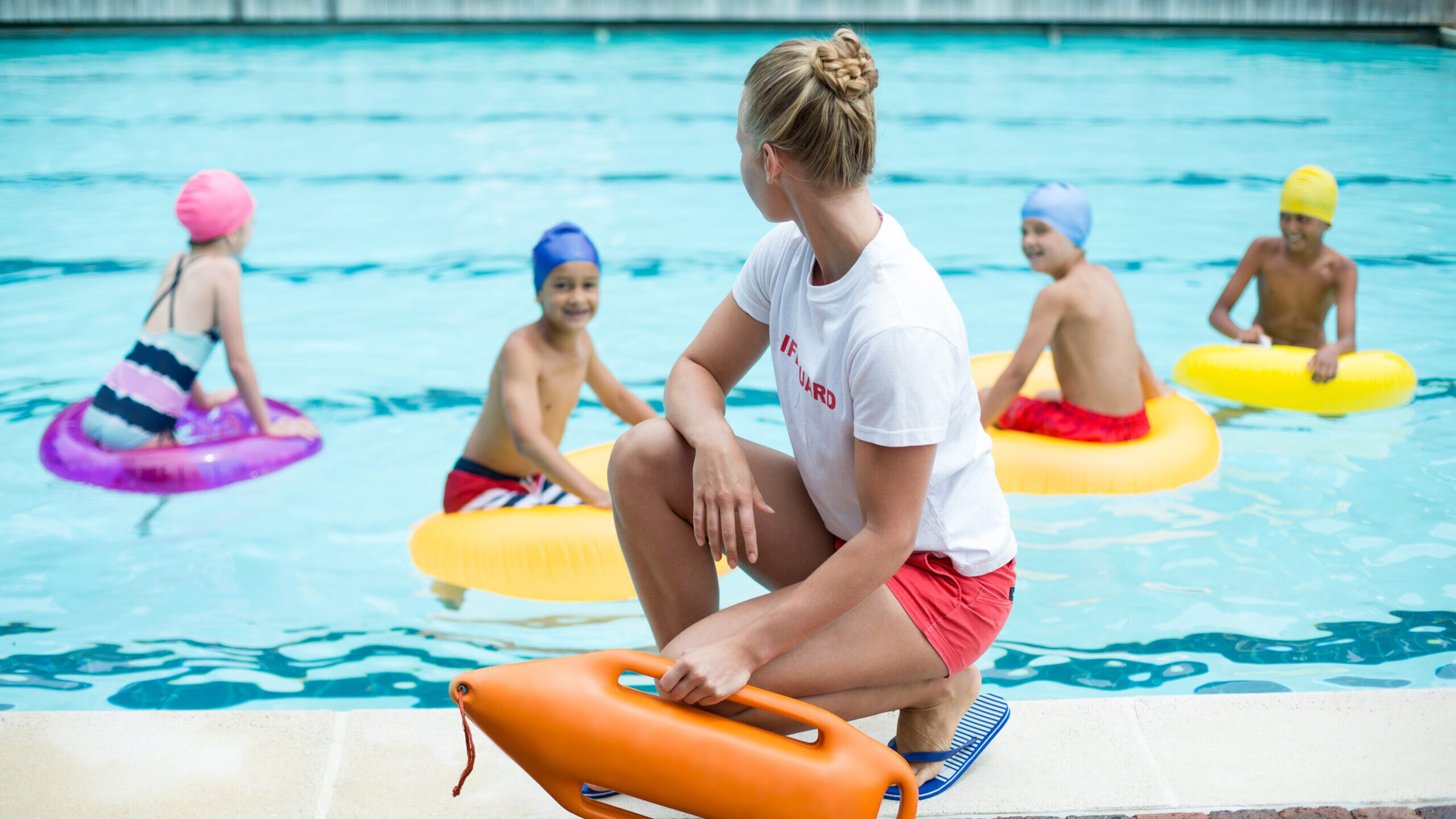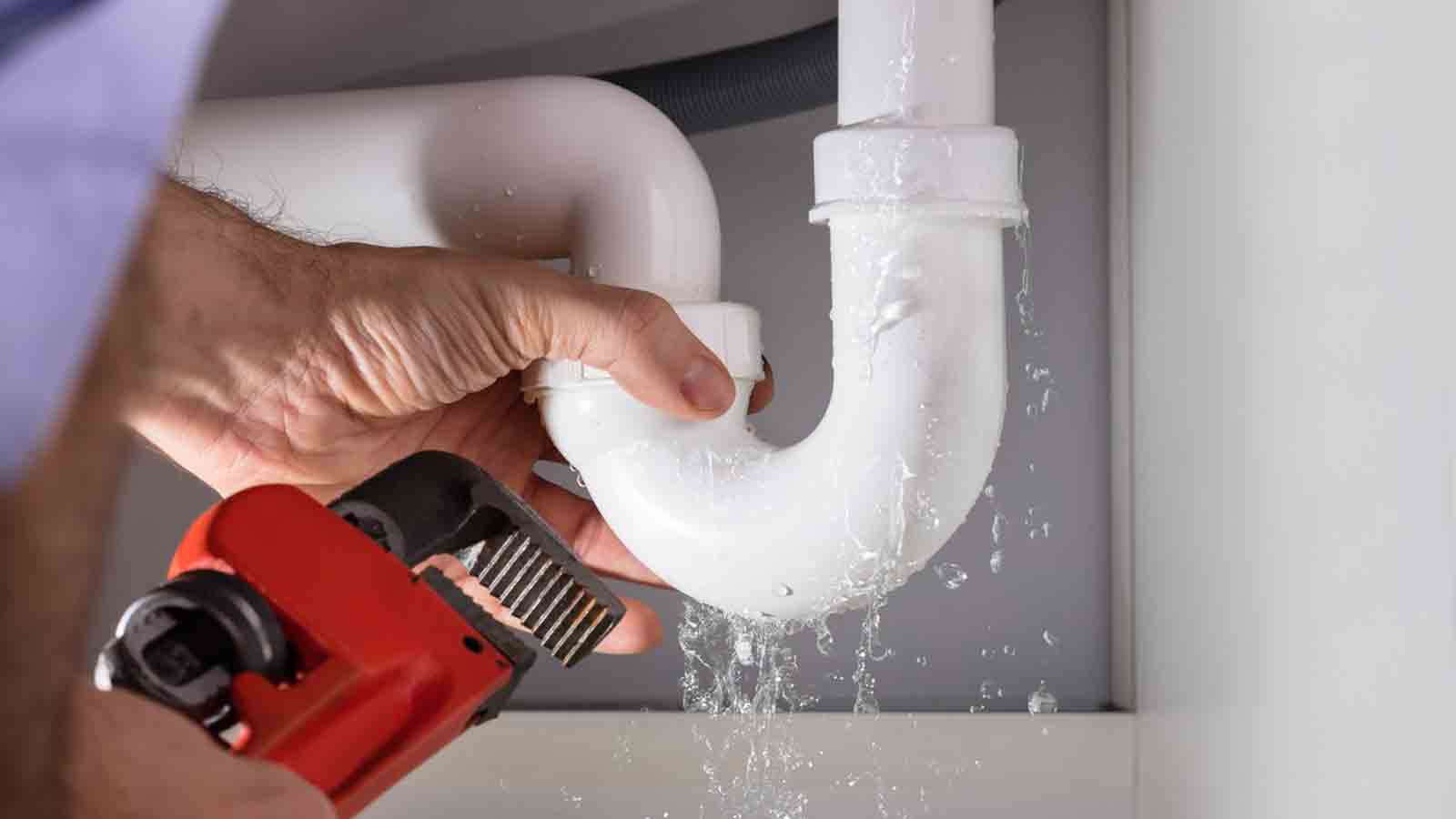How to figure out whether to DIY or not DIY your landscape projects
Oct 27, 2022, 3:00 PM

(Shutterstock Photo)
(Shutterstock Photo)
If you love gardening, you might be interested to know what a professional landscaper has to say about DIY landscaping projects. Chris Welborn, Vicente Landscaping, a Rosie on the House Certified Partner, shares his thoughts regarding landscape projects that can be a DIY and those that should be left to a professional landscaper.
What’s your skill set?
Chris notes there are many varied skill sets out there. A DIY project really boils down to the combination of skill set and desire. Some folks have crazy skills yet, simply do not desire to do the work. Time, desire, and skills are the three-legged stool this DIY potential rests upon.
DIY in landscaping generally starts with the maintenance of an existing yard. Chris indicates that maintenance goes well beyond just picking weeds and cutting the grass. He’s talking about pruning the trees, trimming the shrubs, fertilizing, and irrigation maintenance and repairs. These are routine tasks that need to occur at the right time of year. If you love to garden, then you get it. You may love getting dirt under your nails, but plenty of other people don’t find it rewarding.
You can do it!
So, what are some of the tasks Arizona homeowners undertake that can not only save time and dollars but are rewarding, too?
Soil preparation – Chris notes that twice a year (typically), they will get out the tiller to loosen the soil and prepare for planting. How much they till depends on what is being planted, plants, trees, or a garden. This step may or may not include utilizing fertilizers or your own compost.
Many of Vicente’s clients who landscape the whole yard will leave an area not landscaped for a garden. The homeowner may plant flowers, vegetables, or both.
Composting – This is a great way to recycle your vegetable food scraps and fortify your garden’s soil each year. There are many different methods for collecting food scraps and turning them into rich soil.
Piling it up in an open bin and turning it by hand is one way. Using a composting container that turns on a stand is another. There are lots of choices.
Seeding and/or installing sod –Prep work for both is essential for a successful outcome. Leveling, soil preparation, and irrigation are all fairly simple tasks that require some elbow grease and effort but are relatively easy to accomplish yourself. It is important to consult your nursery about your choice of seed or sod. Some considerations include whether the lawn is in full sun, the best type of irrigation system to use, and what kind of water schedule will be required. Keep in mind that with the drought, there may be growing restrictions on water usage.
Planting trees and shrubs — These are fairly straightforward projects. Wherever you purchase your plantings, buy them from a local nursery with plants adapted to the area by trained personnel. Spend some time researching the right plant for the right place. Just because you like the location doesn’t mean it will be happy! Water Use It Wisely has some helpful suggestions.
When it comes to planting, ask the folks at the nursery to provide information on how to determine the hole size, watering schedule and amount, and what amendments may be needed for the soil. Know your soil type before heading to the nursery. This will help the nursery folks guide you with the appropriate planting information. Knowing this beforehand might help you decide how much effort will be needed to dig and prepare the hole. This is the kind of thing that you may decide to do as a hybrid DIY project. Chris says these types of projects are win-win for his clients.
A little more effort required
There are middle-ground projects that require some skill and effort and are potential hybrid projects.
Irrigation — Setting the main polylines for irrigation requires not only planning for the route, but some trenching to bury the main lines and smaller feeder lines that have the emitters for the intended plant. These lines are compression fit, meaning they push together. The part you may want professional help with is the main timer box and water connection. Just putting a timer on a hose bib may not be your best bet. It is illegal in some jurisdictions. A backflow prevention device may be required by code, and you will need a landscaper.
Retaining wall — Another project you may want to tackle is a low, two-to three-foot-high segmental concrete block retaining wall. The blocks stack on top of each other — and there is only one way to stack them. The interlocking system provides the structural integrity to retain dirt. Chris tells us the key to successful execution and performance for a system like this is a sound foundation. There are many online tutorials to show you how to build them.
Foundations can be built on undisturbed earth (as long as it is not clay), ABC is better, and gravel or concrete. ABC stands for Aggregate Base Course, which is comprised of crushed gravel or stone. These work for a 2-foot-tall wall. Walls higher than that may require some engineering. Whichever system you use, the surface the block is placed on must be level or the entire wall system will be compromised. Also, learn how to prevent water build-up behind the wall by installing a drainage system. The hydrostatic pressure can quickly cause damage.
Water fountains – Some fountains only require filling it with water and plugging it in. But, if you need to bring water and electricity to the fountain and you are not a skilled electrician, don’t take this on. Hire a professional.
Leave it to the pros
It’s time to leave the project to the professionals when you get to these steps.
Pavers – Installing pavers can be an easy DIY job only if you have the experience and knowledge to properly prepare the base upon which the pavers will sit, plus the tools to cut, fit and keep the pavers square and aligned. You will cause more headaches and have a project that deteriorates in the first rainstorm if you are not skilled and don’t hire a professional.
Site-built water features — These can be quite intricate and require skills including plumbing, electrical, masonry, concrete, and painting. They can get complicated and generally fall outside of most DIY projects.
DIY projects can be challenging and rewarding. As long as you are honest with acknowledging your skill set, and plan, prepare, take precautions and possibly hire a pro, you can end you with a beautifully landscaped yard.
Join Rosie on the House every Saturday morning from 8 a.m. to 11 a.m. on KTAR News 92.3 FM. If you’d like to send us questions or comments, email mailto:info@rosieonthehouse.com. Follow us on Twitter and “Like” us on Facebook. For more do-it-yourself tips, go to rosieonthehouse.com. An Arizona home building and remodeling industry expert since 1988, Rosie Romero is the host of the syndicated Saturday morning Rosie on the House radio program. Call 888-767-4348 with questions and comments.









